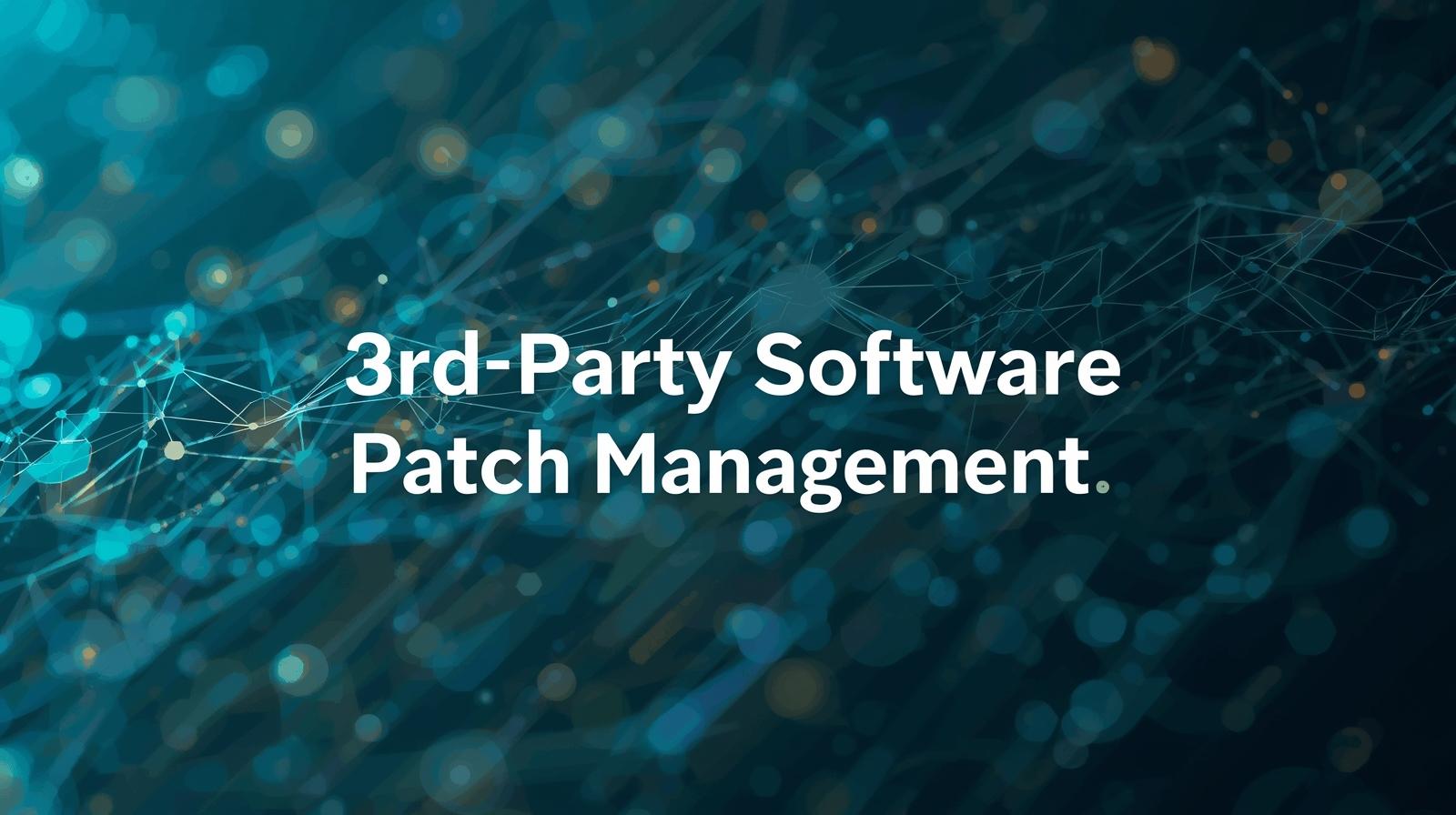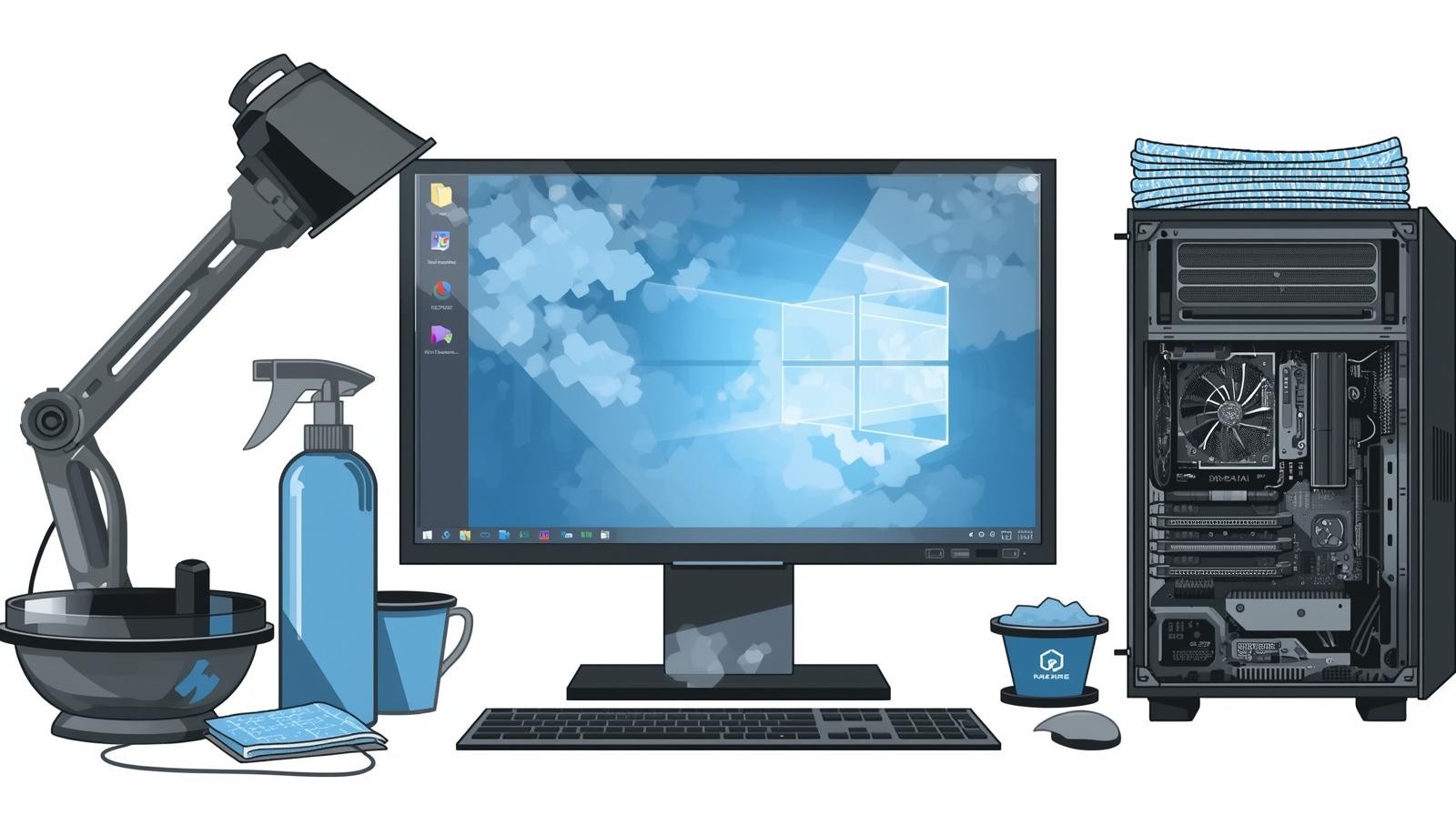Discovering Your Computer’s IP Address Made Simple
Updated on October 31, 2025, by ITarian

Have you ever asked yourself, “how do I find the IP of my computer?” Whether you’re setting up a secure network, troubleshooting connectivity issues, or managing devices for a business, knowing your IP address is crucial.
Your computer’s IP address is like its digital identity — a unique number assigned to your device when it connects to a network. Understanding how to find it helps IT managers, cybersecurity experts, and home users configure systems safely and efficiently.
In this detailed post, we’ll explain how do I find the IP of my computer across different operating systems — including Windows, macOS, and Linux — and how to check both your local (private) and public (external) IP addresses.
What Is an IP Address and Why It Matters
An IP address (Internet Protocol address) is a numerical label assigned to every device connected to a network. It serves two primary purposes:
-
Identification – It identifies a device on a network.
-
Location – It provides the device’s position within that network.
There are two main types of IP addresses:
-
Private IP Address: Used within your home or office network to identify internal devices like your laptop, router, or printer.
-
Public IP Address: Assigned by your Internet Service Provider (ISP) to identify your device on the internet.
Why Knowing Your IP Address Is Important
-
Helps troubleshoot internet connectivity issues.
-
Enables network configuration for remote access or file sharing.
-
Enhances cybersecurity by monitoring connected devices.
-
Useful for setting up VPNs, firewalls, or servers.
Understanding both types of IP addresses helps you maintain control over your network environment — especially in cybersecurity or IT management roles.
How Do I Find the IP of My Computer on Windows
If you’re using Windows 10 or Windows 11, there are several easy ways to locate your IP address.
Method 1: Using Command Prompt (CMD)
This is the fastest way to find your IPv4 and IPv6 addresses.
-
Press Windows + R, type
cmd, and hit Enter. -
Type the following command:
-
Press Enter.
-
Look for IPv4 Address under your active network connection — that’s your local IP address.
Pro Tip: To see your public IP, type
nslookup myip.opendns.com resolver1.opendns.comin the Command Prompt.
Method 2: Through Windows Settings
-
Click Start → Settings → Network & Internet.
-
Select Wi-Fi (or Ethernet if using a wired connection).
-
Click the network name and scroll down to Properties.
-
Your IPv4 and IPv6 addresses will be displayed.
Method 3: Using Control Panel
-
Open Control Panel → Network and Sharing Center.
-
Click your active connection (e.g., Wi-Fi or Ethernet).
-
Select Details.
-
Find the IPv4 Address in the list — this is your private IP.
How Do I Find the IP of My Computer on macOS
If you’re using a Mac, finding your IP address is just as simple.
Method 1: Via System Settings
-
Click the Apple Menu → System Settings → Network.
-
Select your active connection (Wi-Fi or Ethernet).
-
Your IP address will appear under the connection status.
Method 2: Using Terminal
-
Open Terminal (Applications → Utilities → Terminal).
-
Type:
-
Press Enter.
-
Look for an entry labeled
inetfollowed by a number — that’s your local IP.
Note: The line starting with
127.0.0.1is the loopback address — ignore it.
How Do I Find the IP of My Computer on Linux
For Linux users, you can find your IP address using Terminal.
Method 1: Using ifconfig Command
-
Open Terminal.
-
Type the following command:
-
Look for the section related to your active network adapter (usually
eth0orwlan0). -
Your IP address will appear next to
inet.
Method 2: Using ip Command
-
Open Terminal.
-
Run:
-
Look for your network adapter (for example,
enp0s3orwlp2s0). -
Your IPv4 address appears next to
inet.
How to Find Your Public IP Address
While local IPs identify your device within a private network, your public IP identifies your entire network on the internet.
Here’s how to find it:
Method 1: Use an Online IP Checker
Visit any IP lookup website such as:
-
whatismyip.com -
ipinfo.io -
myipaddress.com
Your public IP will appear instantly on the page.
Method 2: Using Command Prompt
Run this command in CMD:
It will return your external IP address directly.
Method 3: Using Your Router Interface
-
Open your router’s web interface (usually
192.168.1.1). -
Log in with your admin credentials.
-
The public IP address will be shown on the dashboard or under Status → WAN.
Understanding IPv4 vs IPv6
When finding your IP, you might notice both IPv4 and IPv6 addresses.
| Type | Example | Description |
|---|---|---|
| IPv4 | 192.168.1.25 | Older standard; widely used; 32-bit address |
| IPv6 | 2400:cb00:2048:1::c629:d7a2 | Newer standard; 128-bit; allows more devices online |
IPv6 is gradually replacing IPv4 due to the exhaustion of available IPv4 addresses. However, most networks still support both for compatibility.
How to Find IP Address on Mobile Devices
If you’re managing a network that includes smartphones, here’s how to find their IPs.
For Android:
-
Go to Settings → About Phone → Status → IP Address.
-
Both IPv4 and IPv6 addresses are displayed.
For iPhone:
-
Go to Settings → Wi-Fi.
-
Tap the connected network.
-
Your IP appears under the IPv4 Address section.
How to Protect Your IP Address from Exposure
Knowing how do I find the IP of my computer is only half the story — protecting it is equally important. Cybercriminals can misuse your IP to track your location or launch attacks.
1. Use a VPN (Virtual Private Network)
A VPN masks your IP address, encrypting your data traffic for anonymous browsing.
2. Avoid Clicking Unknown Links
Hackers can embed IP trackers in URLs. Always verify links before clicking.
3. Use a Firewall
A properly configured firewall filters unwanted traffic and shields your device.
4. Regularly Update Network Devices
Firmware updates fix vulnerabilities that could expose IP addresses to attackers.
5. Monitor Connected Devices
Check for unfamiliar devices on your network through your router’s dashboard.
These steps ensure better control over your network’s integrity and privacy.
Troubleshooting IP Address Issues
If you’re unable to locate or connect using your IP address, these troubleshooting steps may help:
-
Restart your router or modem.
-
Release and renew your IP using Command Prompt:
-
Disable and re-enable your network adapter.
-
Reset DNS cache:
-
Check for driver updates under Device Manager → Network adapters.
If issues persist, contact your ISP to ensure your IP configuration is correct.
Security and Business Implications
For IT administrators and business leaders, understanding IP management plays a vital role in cybersecurity and network stability.
Key Benefits for Enterprises:
-
Enhanced Network Monitoring: Identify connected devices in real time.
-
Access Control: Restrict unauthorized connections using IP whitelisting.
-
Incident Response: Quickly trace suspicious activity back to specific devices.
-
Improved Compliance: Meet data protection regulations like GDPR and HIPAA.
An accurate understanding of IP addresses strengthens your organization’s network governance and security posture.
Frequently Asked Questions (FAQ)
1. What’s the difference between local and public IP?
A local IP identifies your device within your home or office network, while a public IP represents your entire network on the internet.
2. Can my IP address change?
Yes. Dynamic IPs assigned by ISPs change periodically, while static IPs remain fixed.
3. Is it safe to share my IP address?
Generally, yes — but avoid sharing it publicly since attackers could use it to probe for vulnerabilities.
4. How do I hide my IP address?
Use a VPN or proxy service to mask your real IP and maintain online anonymity.
5. Can I trace someone’s IP address?
You can identify the general location or ISP, but not personal information without legal authorization.
Final Thoughts
Knowing how do I find the IP of my computer empowers you to manage, troubleshoot, and secure your network effectively. Whether you’re checking a laptop at home or overseeing an enterprise system, understanding your IP details is foundational to strong cybersecurity practices.
By identifying and safeguarding your IP, you enhance your privacy, optimize connections, and gain greater control over your network operations.
For comprehensive protection across all devices, consider implementing advanced endpoint and network management tools.
Start your free trial with ITarian today to strengthen your network visibility and security.














